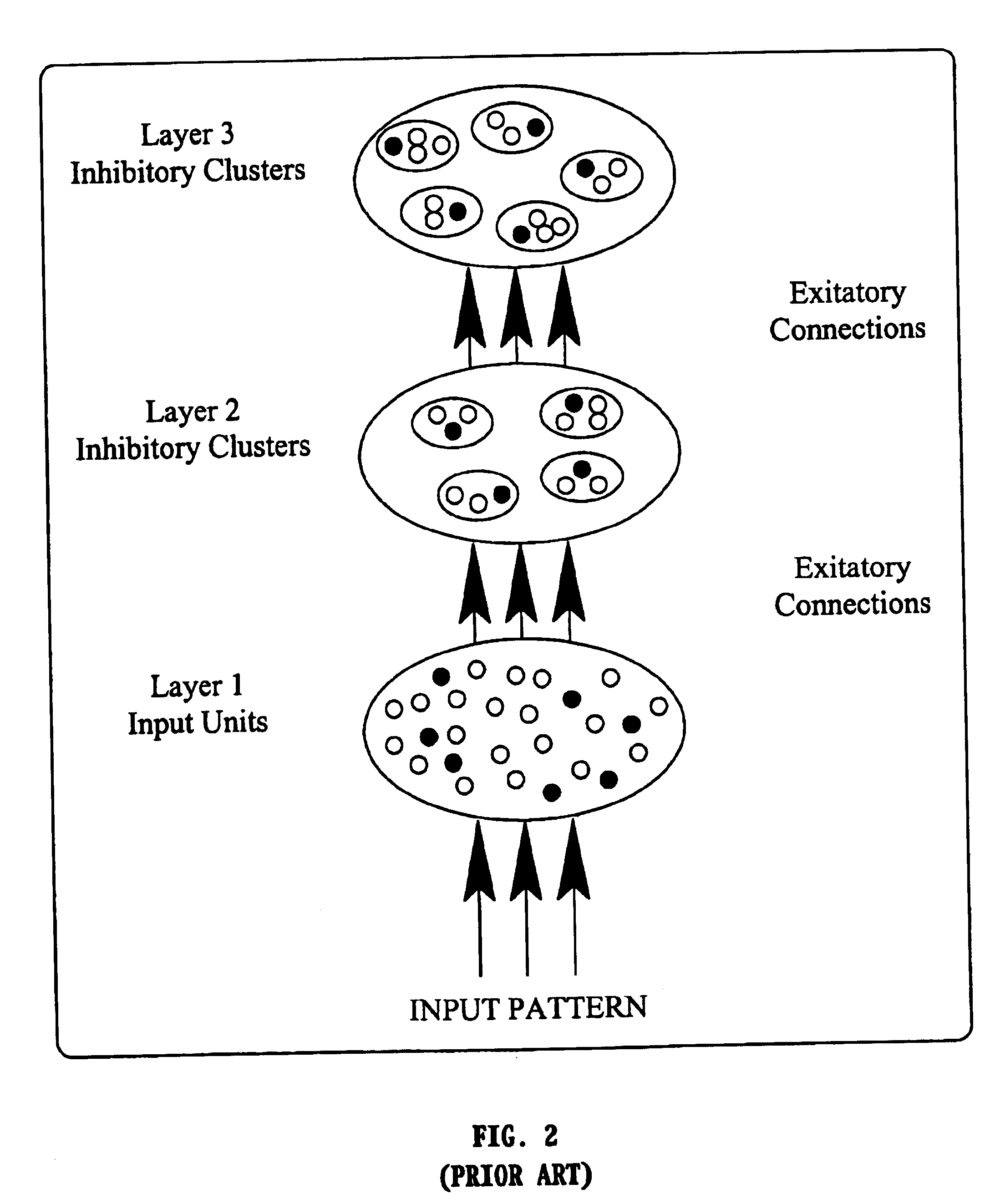Method and apparatus for extracting low SNR transient signals from noise
a transient signal and signal-to-noise technology, applied in the field of methods and apparatus for extracting low snr (signal-to-noise ratio) transient signals from noise, can solve the problem of inability to solve the decomposition problem of global response into its constituent components, the variability of trial to trial may in fact be quite substantial, and the response is never identical
- Summary
- Abstract
- Description
- Claims
- Application Information
AI Technical Summary
Benefits of technology
Problems solved by technology
Method used
Image
Examples
Embodiment Construction
3 Outline and Scope
[0061]The description below presents a comprehensive framework for transient EP processing on a single-trial basis. This chapter outlines my perspective of the single-trial processing problem and its difficulties, gives a critical presentation of the common assumptions and approaches used in EP analysis, presents a summary of the contributions presented in the following chapters along with outlining the organization of the description, and then sets a new approach to solving this problem.
3.1 Conventional EP Processing
[0062]When using the term evoked potential one usually refers to the average evoked response, obtained via averaging many synchronized brain responses time-locked to a repeating stimulus or event. The single evoked response has not been useful since it is embedded deep within massive background brain activity. Conventional EP processing relies on several major assumptions, whose validity may depend on factors related to the experimental paradigm as we...
PUM
 Login to View More
Login to View More Abstract
Description
Claims
Application Information
 Login to View More
Login to View More - R&D
- Intellectual Property
- Life Sciences
- Materials
- Tech Scout
- Unparalleled Data Quality
- Higher Quality Content
- 60% Fewer Hallucinations
Browse by: Latest US Patents, China's latest patents, Technical Efficacy Thesaurus, Application Domain, Technology Topic, Popular Technical Reports.
© 2025 PatSnap. All rights reserved.Legal|Privacy policy|Modern Slavery Act Transparency Statement|Sitemap|About US| Contact US: help@patsnap.com



